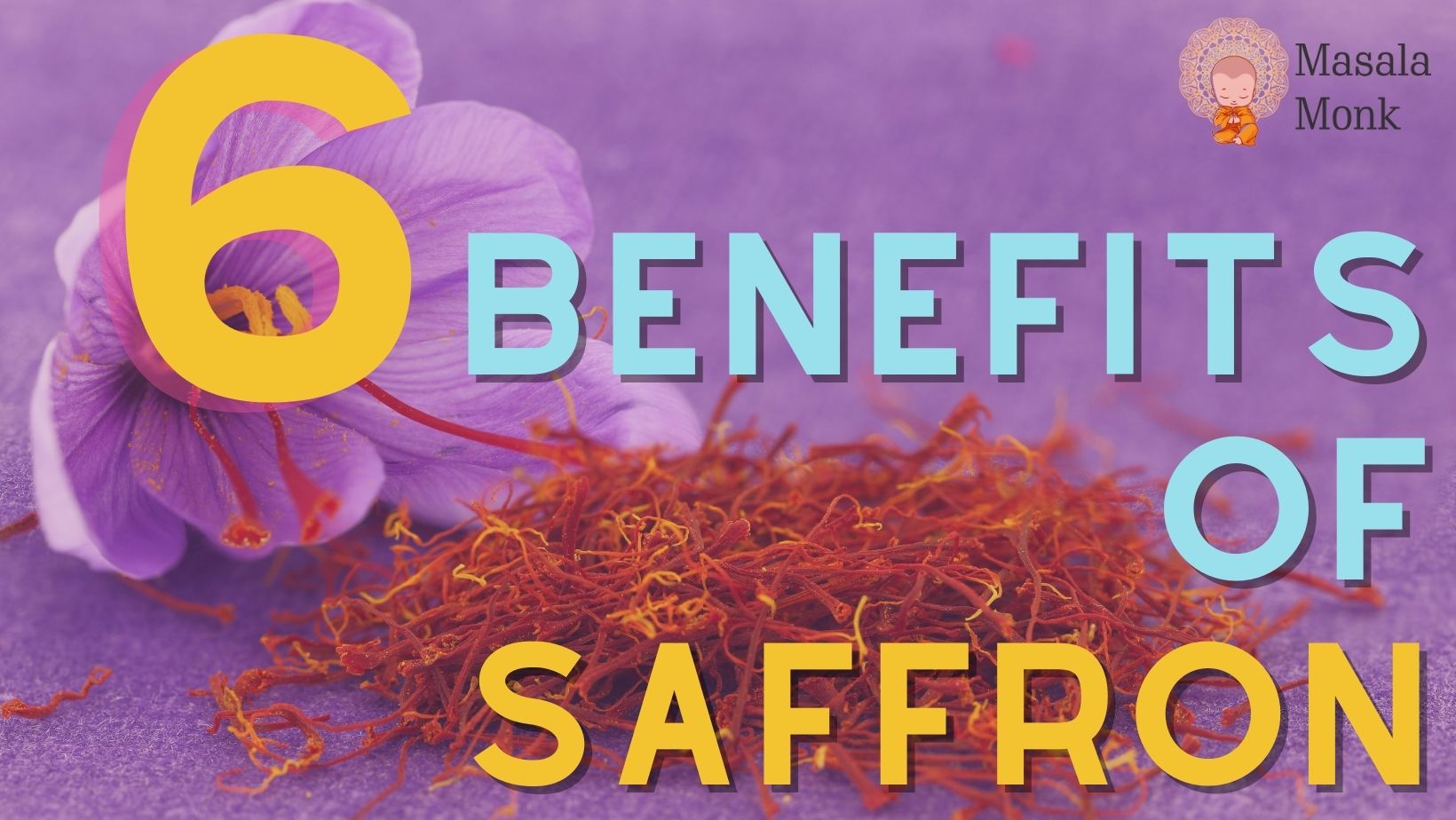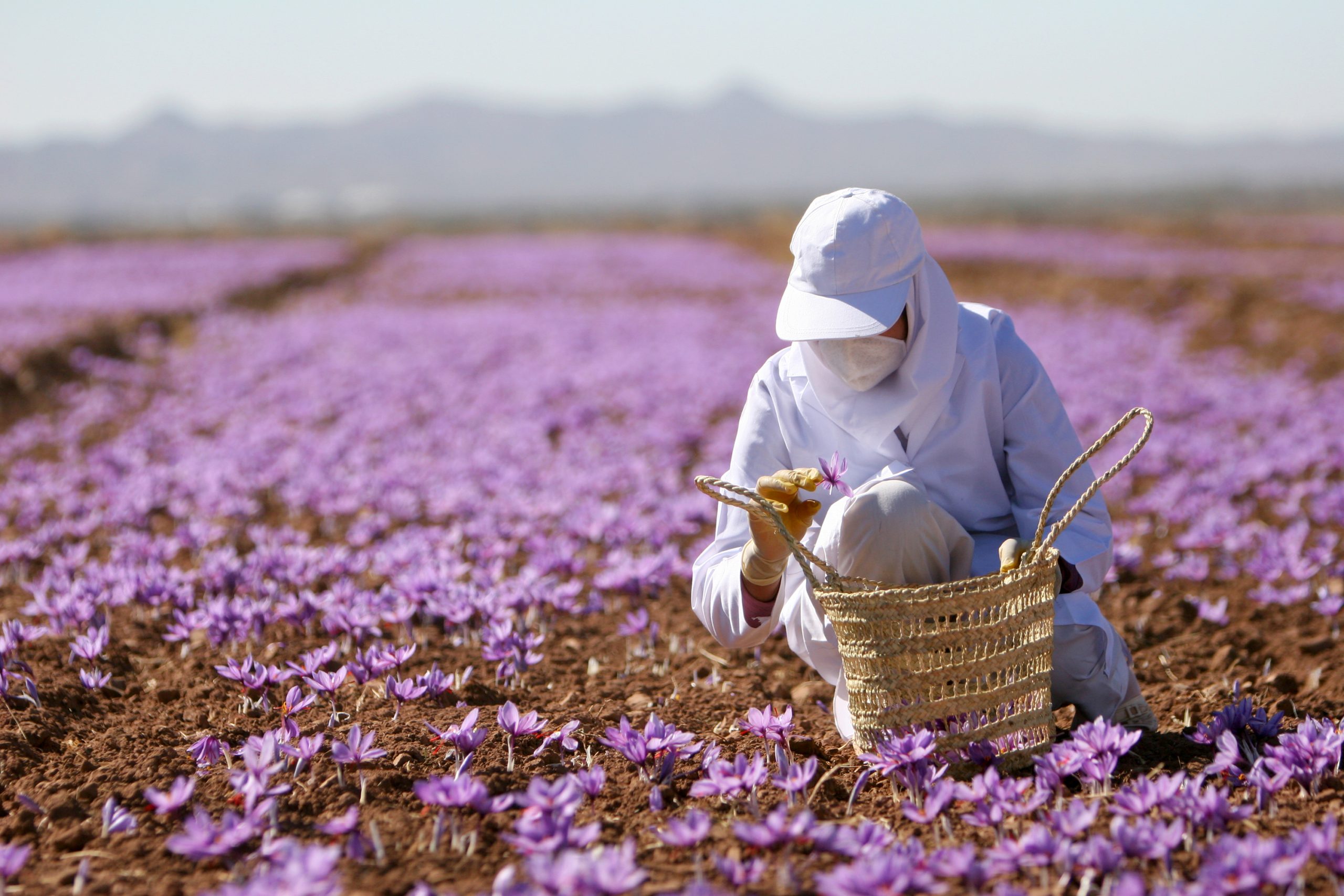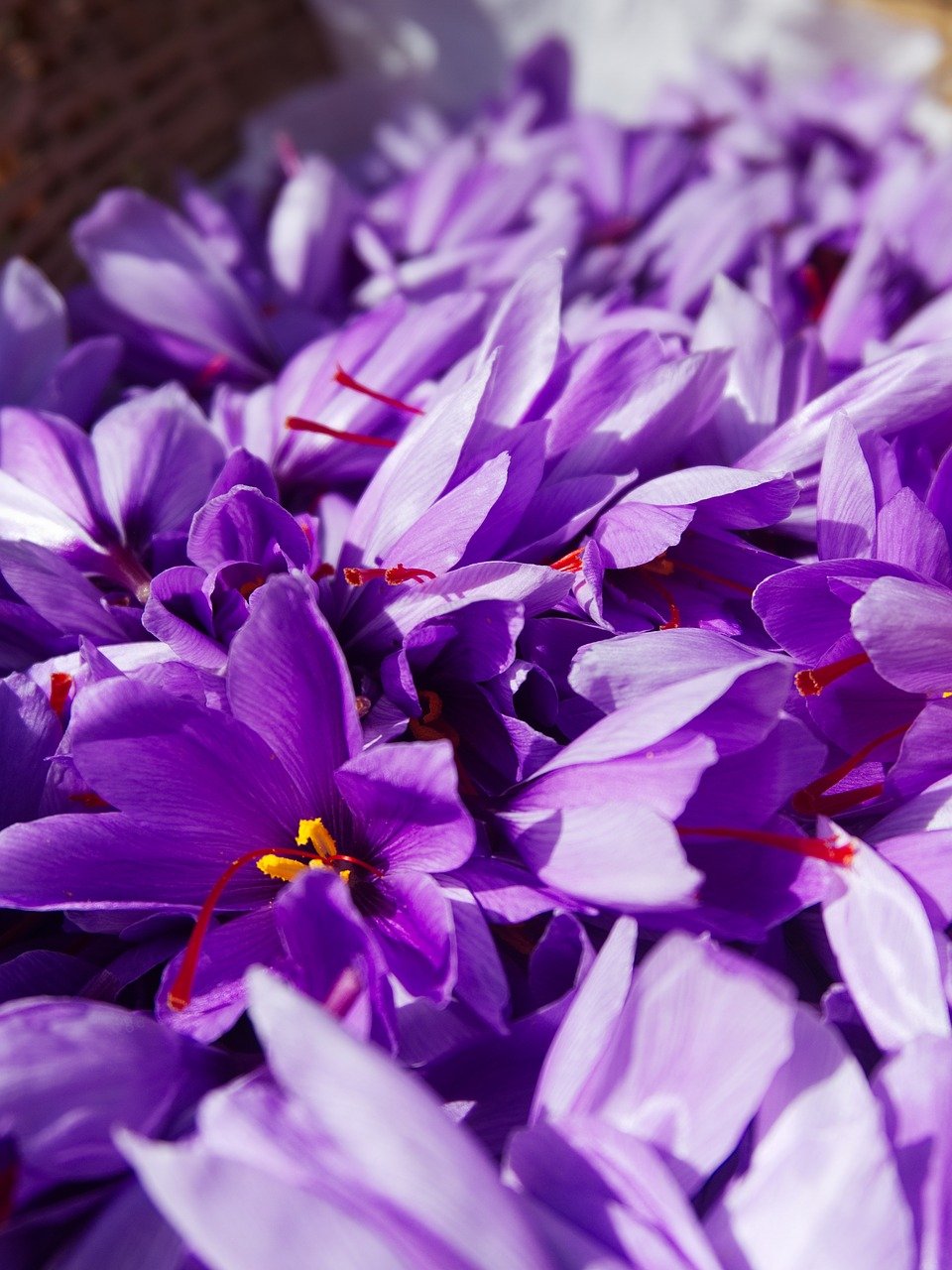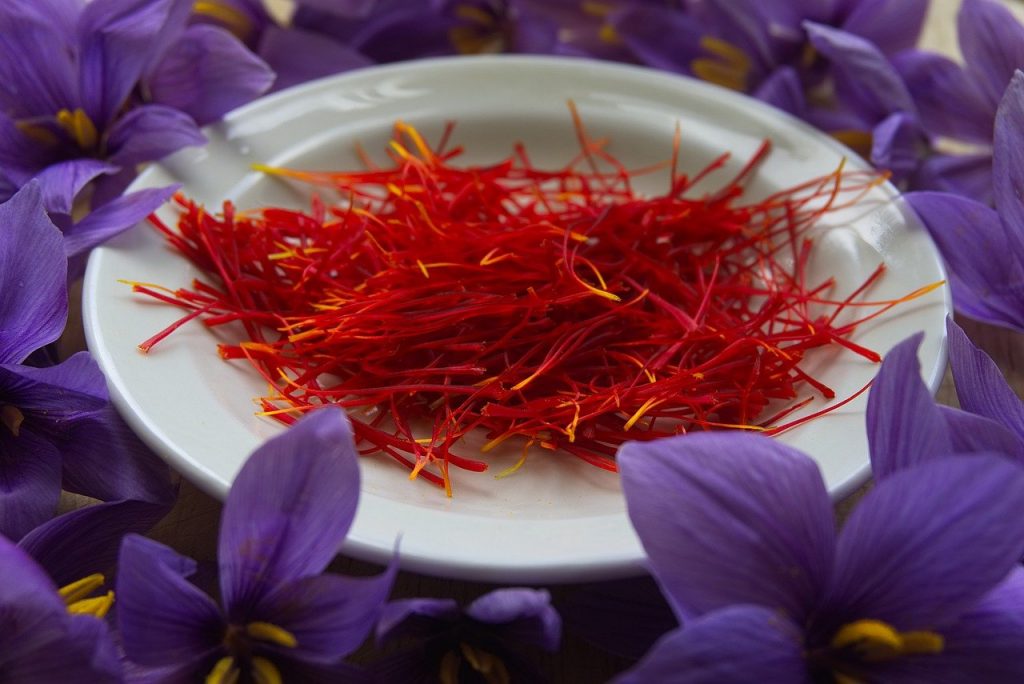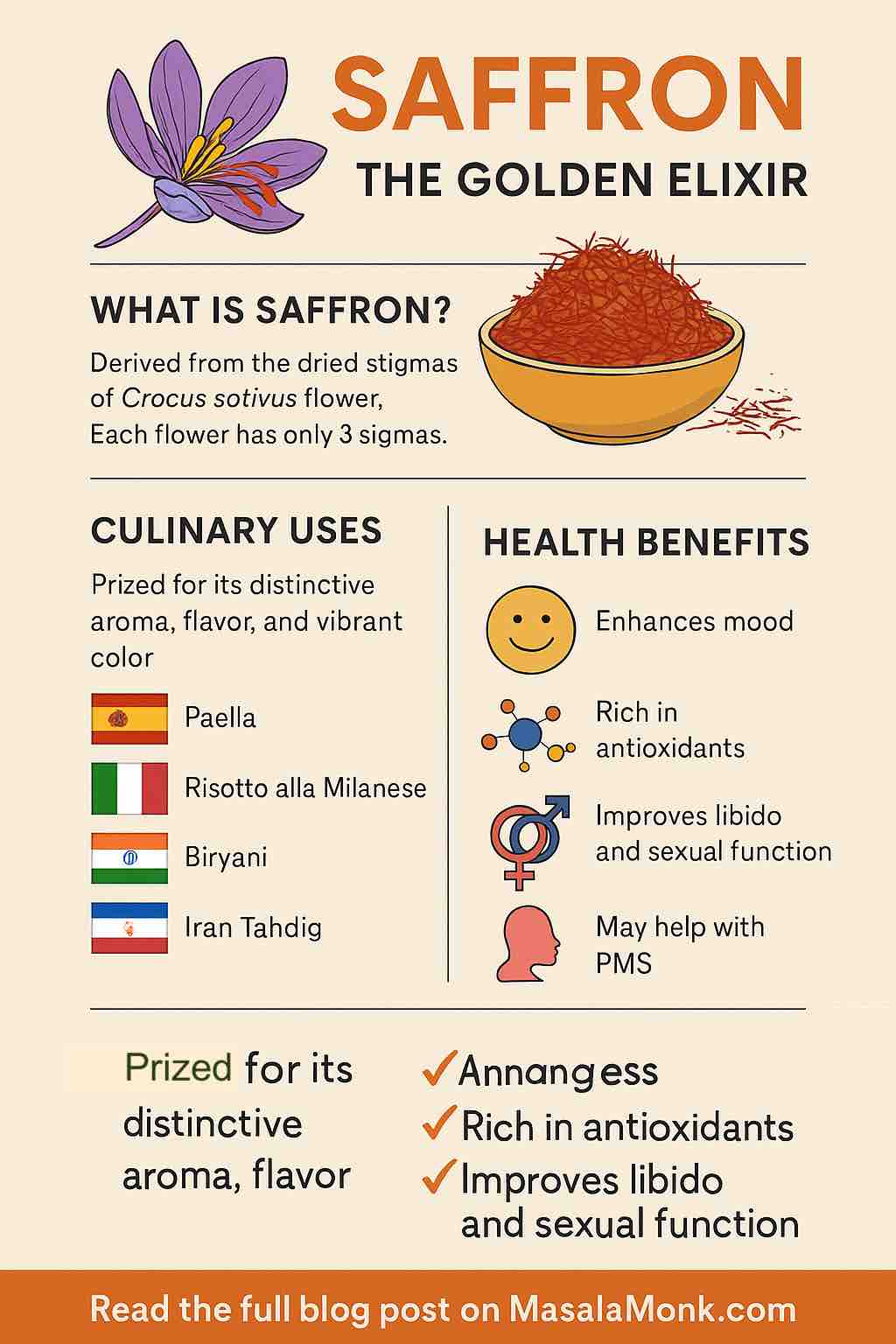
Imagine a single flower so precious that it takes 150,000 of them to produce just one kilogram of spice. Now imagine that this spice, with threads of crimson and a scent that is both honeyed and earthy, has inspired emperors, poets, and chefs for millennia. That spice is saffron—often dubbed “red gold”—and it’s not just a culinary gem, but a botanical marvel wrapped in ancient lore, rigorous farming, and modern science.
In this post, we’re diving deep into saffron’s origins, uses, health benefits, and why it continues to hold its crown as the most expensive—and perhaps most fascinating—spice in the world.
What Exactly Is Saffron?
Saffron is derived from the dried stigmas (the thread-like parts) of the Crocus sativus flower. Each flower produces just three of these crimson stigmas, and they must be handpicked and delicately dried to preserve their flavor and aroma. The plant blooms for only a few weeks each fall, and the harvesting process is intensely laborious—one reason why saffron can cost more per gram than gold.
Its history stretches back over 3,000 years, from ancient Persian empires to Greco-Roman kitchens, Indian Ayurvedic scrolls, and the spice markets of Morocco. Today, it is primarily cultivated in Iran, India (notably Kashmir), Spain, and Afghanistan.
The Culinary Magic of Saffron
Saffron is a flavor powerhouse in a tiny package. A few threads infused in warm water or milk release crocin (color), picrocrocin (taste), and safranal (aroma)—compounds responsible for its golden hue, complex flavor, and intoxicating scent.
🌍 Global Delicacies Featuring Saffron
- Spain: The star of traditional paella, where its golden color and floral aroma elevate the rice dish.
- India: Central to biryani, kheer, and kehwa (a Kashmiri saffron tea) that warms the soul.
- Italy: Featured in risotto alla Milanese, where it brings a delicate depth to the creamy dish.
- Middle East & Persia: Used in stews, pilafs, and desserts like saffron ice cream and halwa.
- France: In the classic bouillabaisse, a Provençal fish stew.
Cooking Tip: Always soak saffron in warm liquid (milk, water, or broth) for 15–20 minutes to release its full essence before adding to dishes.
Saffron and Health: What Science Is Saying Today
Beyond its gastronomic appeal, saffron is rich in medicinal properties—a fact known to traditional systems of medicine and now increasingly validated by modern science.
🧠 1. A Natural Antidepressant
Recent clinical trials have shown that saffron supplements can significantly reduce symptoms of depression and anxiety—comparable to pharmaceutical treatments, but with fewer side effects. It appears to enhance serotonin levels in the brain.
❤️ 2. Antioxidant Powerhouse
Saffron contains potent antioxidants like crocin, safranal, and kaempferol, which protect cells from oxidative stress. This makes it beneficial for:
- Cardiovascular health
- Reduced inflammation
- Lower risk of neurodegenerative diseases
🩺 3. Sexual and Reproductive Health
Saffron is used traditionally as an aphrodisiac. Studies now support its use for:
- Enhancing libido in men and women
- Improving erectile function
- Alleviating PMS and PMDD symptoms
👁️ 4. Eye and Cognitive Benefits
Emerging research suggests saffron may slow the progression of age-related macular degeneration (AMD) and support memory retention—particularly in Alzheimer’s patients.
🩸 5. Blood Sugar Control
In patients with diabetes or prediabetes, saffron supplementation has been shown to:
- Reduce fasting blood sugar levels
- Improve insulin sensitivity
More Than a Spice: Textile Dye, Perfume, and Cultural Symbol
Saffron’s vibrant hue has historically been used to dye robes for Buddhist monks and royalty. Its fragrance—delicate yet persistent—makes it a prized ingredient in niche perfumery. In many cultures, it is also a symbol of purity, celebration, and even divine energy.
In India, for instance, saffron tilak marks are applied during spiritual ceremonies. In Iran, saffron is sprinkled in wedding feasts and even infused into rosewater for skin applications.
The Market Today: Growth, Innovation, and Challenges
According to recent projections, the global saffron market is poised to reach $1.83 billion by 2030. This surge is driven by:
- Increased demand for natural health supplements
- Expansion in gourmet and functional food industries
- Cosmetic brands incorporating saffron for its skin-brightening and anti-aging properties
However, the industry is also facing challenges:
- Adulteration: Fake saffron mixed with dyed threads or turmeric can deceive buyers. (Pro tip: Genuine saffron has a subtle metallic sheen and smells like hay or honey, not overly floral.)
- Climate Dependency: Saffron thrives in arid, cool climates. Climate change threatens traditional farming zones.
- Geopolitical Impact: Countries like Iran dominate production, and sanctions or conflict can affect global supply.
How to Choose and Store Saffron
- Buy whole threads, not powder (which is more likely to be adulterated).
- Look for deep red strands with slightly lighter tips.
- Smell it: Real saffron has a sweet, earthy fragrance—not perfumy or synthetic.
- Store in an airtight container, away from light and moisture.
Final Thoughts: Is It Worth the Hype?
Absolutely. Saffron is not just a flavoring agent—it’s an experience, a medicine, and a slice of cultural heritage. Whether you’re infusing it into your morning tea or using it in a festive meal, saffron brings more than taste; it brings a story. And in today’s world of instant everything, maybe a little luxury that demands patience is exactly what we need.
Call to Action
Have you tried cooking with saffron? Or perhaps experienced its benefits in another way? Share your favorite saffron dish or wellness tip in the comments below!
FAQs
- What is saffron made from?
Saffron is made from the dried stigmas of the Crocus sativus flower. Each flower produces only three stigmas, which are handpicked and dried to create saffron threads. - Why is saffron so expensive?
Its high price is due to labor-intensive harvesting, requiring around 150,000 flowers to produce one kilogram of saffron, along with its limited growing season and delicate processing. - How should I use saffron in cooking?
Soak saffron threads in warm water, milk, or broth for 15-20 minutes before adding them to dishes. This helps release its color, flavor, and aroma evenly. - What dishes commonly use saffron?
Popular dishes include Spanish paella, Italian risotto alla Milanese, Indian biryani and kheer, Persian tahdig, and Kashmiri kehwa. - Does saffron have health benefits?
Yes, saffron is known for mood enhancement, antioxidant properties, improving sexual health, relieving PMS symptoms, supporting eye health, and helping regulate blood sugar. - Can saffron help with depression or anxiety?
Studies suggest saffron supplements can reduce symptoms of depression and anxiety by influencing neurotransmitter activity, offering a natural alternative to some medications. - How do I identify real saffron from fake?
Genuine saffron has deep red threads with slightly lighter tips, a subtle metallic sheen, and smells earthy or honeyed. It should not smell overly floral or synthetic. - How should saffron be stored?
Store saffron in an airtight container away from light, heat, and moisture to preserve its potency and aroma. - Is it possible to grow saffron at home?
Yes, saffron crocus bulbs can be grown in suitable climates with well-drained soil and a dry, cool autumn. It requires patience due to its specific growing conditions. - Are there any side effects of consuming saffron?
When used in culinary amounts, saffron is generally safe. However, excessive intake (above recommended doses) can cause side effects such as dizziness or nausea, so moderation is key.

